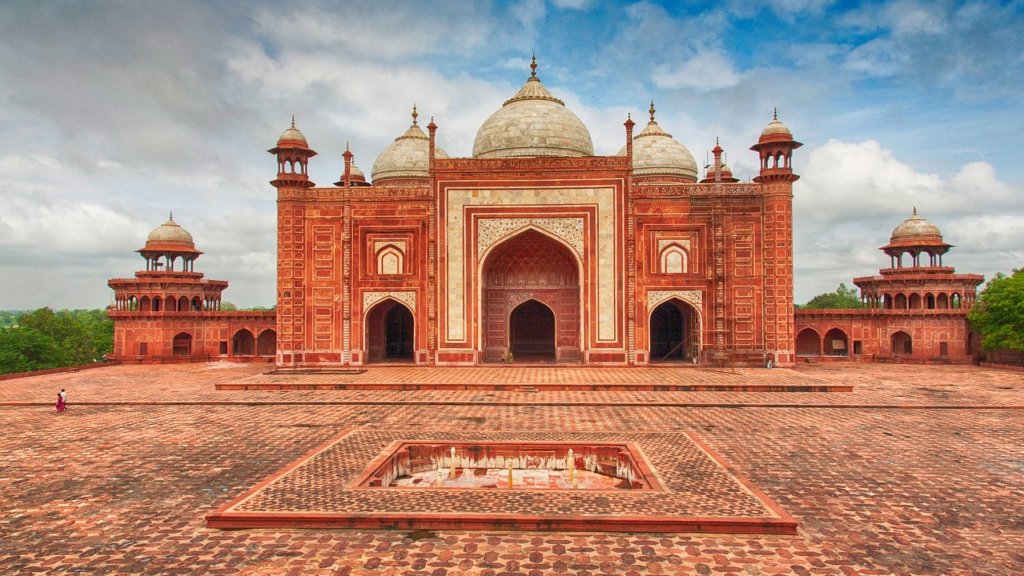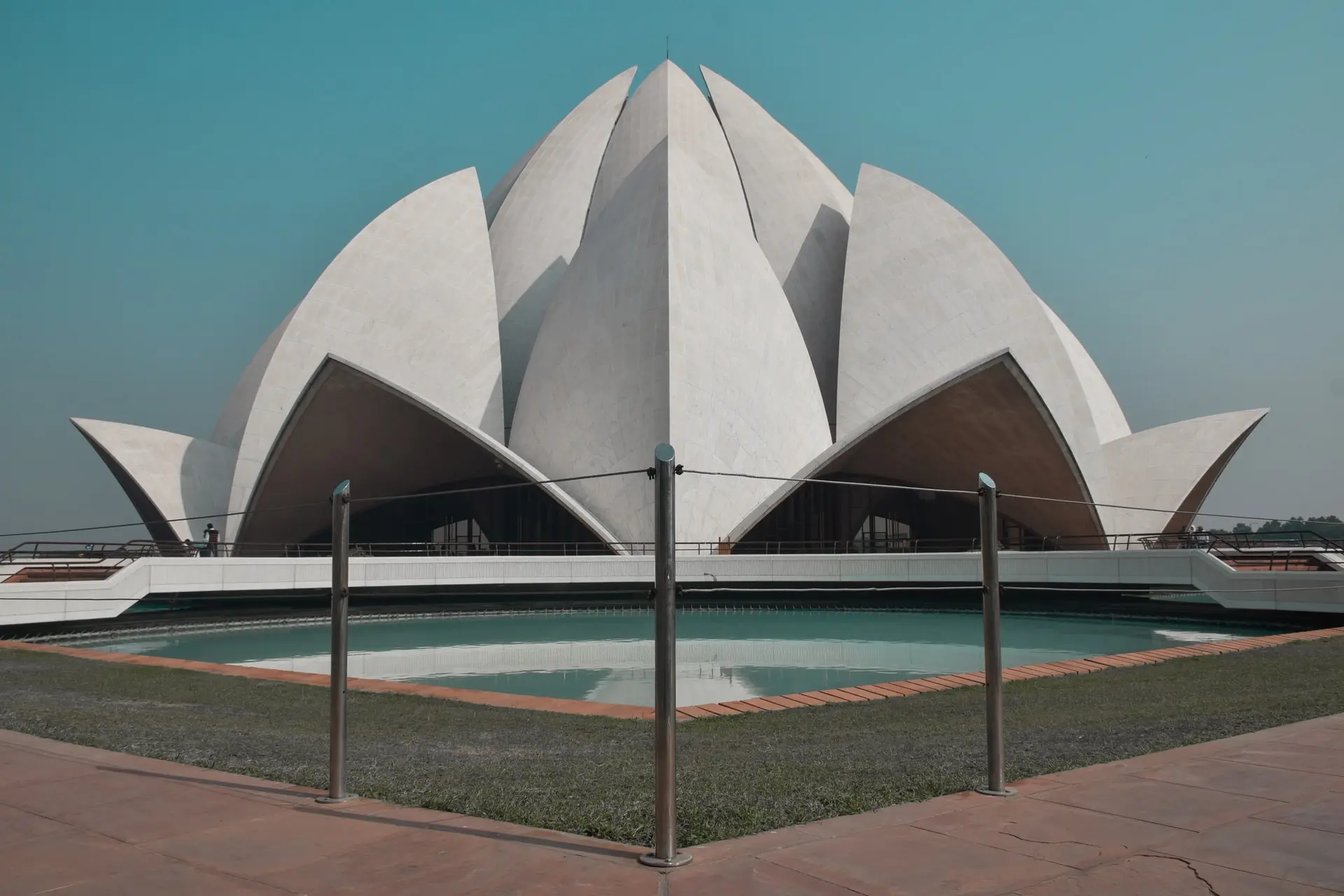Indian Architecture - A Rich And Diverse Heritage
Indian architectureis a fascinating blend of various styles and influences that have evolved over centuries. It reflects the country's rich and diverse cultural heritage and offers a glimpse into its history, art, and religion.
From ancient temples and palaces to modern buildings, Indian architectureis characterized by intricate designs, vibrant colors, and exquisite craftsmanship. In this article, we will explore the various styles of Indian architecture and their unique features of architecture.
Ancient Indian Architecture
Ancient Indian architecture dates back to the Indus Valley Civilization, which flourished around 2600 BCE. The architecture of this period is characterized by the use of mud bricks and stone, with buildings constructed in a grid-like pattern. The most prominent examples of this style are the cities of Harappa and Mohenjo-Daro.
Another prominent style of ancient Indian architecture is the Buddhist architecture, which flourished during the Mauryan and Gupta periods. The stupas and viharas built during this period are characterized by their simplicity, with a focus on creating a peaceful and meditative environment.
Medieval Indian Architecture
Medieval Indian architecture saw the emergence of several distinct styles, including the Hindu, Islamic, and Jain styles. The Hindu style is characterized by the use of intricate carvings, sculptures, and paintings, with a focus on creating a sense of harmony between the natural world and the divine.
The Islamic style, on the other hand, is characterized by the use of arches, domes, and intricate geometric patterns. The Taj Mahal, one of the most famous examples of Islamic architecture, is renowned for its exquisite craftsmanship and intricate designs.
The Jain style of architecture is characterized by its emphasis on simplicity and minimalism. The Jain temples are known for their intricate marble carvings and their use of natural light to create a serene and meditative atmosphere.
Modern Indian Architecture
Modern Indian architecture is characterized by a fusion of traditional and contemporary styles. Many architects in India are now using sustainable materials and technologies to create buildings that are both environmentally friendly and aesthetically pleasing.
The Lotus Temple in New Delhi is a prime example of modern Indian architecture. The temple, which is shaped like a lotus flower, is made entirely of marble and features a central prayer hall that can accommodate up to 2,500 people.
Commercial Architecture Magazine provides insightful articlesand news about commercial architecture, construction, and design.
The Evolution Of The Style
Indian architecture is not just about buildings; it is about the relationship between the natural world and the built environment. It is about creating spaces that are functional, beautiful, and harmonious with the environment. Indian architecture is also about the use of materials, colors, and textures to create a sense of place and identity.
The use of traditional materials, such as stone, wood, and mud, is an essential aspect of Indian architecture. These materials are not only environmentally friendly, but they also help to create a sense of cultural continuity and identity.
Many modern architects in India are also experimenting with new materials and technologies, such as bamboo, steel, and solar panels, to create buildings that are both sustainable and beautiful.
The use of color is another important aspect of Indian architecture. Vibrant colors are used to create a sense of joy and celebration, and to reflect the diverse cultures and religions of India. Many buildings in India are adorned with colorful murals and paintings that depict stories from mythology and history.
Religion has played a significant role in shaping Indian architecture. Many of the most famous examples of Indian architecture are religious buildings, such as temples, mosques, and stupas. These buildings are not just places of worship; they are also works of art that reflect the religious beliefs and cultural values of the people who built them.
The architecture of India is also closely tied to the country's history. The many different styles of Indian architecture reflect the various empires and dynasties that have ruled India over the centuries. From the grand palaces of the Mughal Empireto the simple, elegant structures of the Mauryan Empire, Indian architecture is a living record of the country's past.
Religious Architecture
Indian architecture is not just limited to religious and historical structures. It has also influenced various other forms of architecture such as residential, commercial, and public spaces. The fusion of modern and traditional styles has given rise to innovative and sustainable designs that cater to the needs of the contemporary world.
The concept of Vastu Shastra, an ancient Indian architectural philosophy, has also had a significant impact on modern architecture. Vastu Shastra is based on the belief that the design and layout of a building should be in harmony with the natural elements and energies of the universe.
The principles of Vastu Shastra are applied to create buildings that are not just aesthetically pleasing but also promote health, happiness, and prosperity.
In recent times, the Indian government has also initiated various programs to promote sustainable and eco-friendly architecture. The Smart Cities Mission, launched in 2015, aims to develop 100 cities across India into sustainable and citizen-friendly urban centers. The program focuses on the use of technology, innovation, and sustainable practices to create cities that are liveable, inclusive, and sustainable.
The Swachh Bharat Mission, launched in 2014, is another initiative that has had a significant impact on Indian architecture. The program aims to create clean and hygienic urban and rural areas by promoting the use of sustainable and eco-friendly materials and technologies.
Regional Diversity
Indian architecture is also known for its regional diversity. Each state and region in India has its own unique style of architecture that reflects the local culture, climate, and geography. For example, the Rajasthani architecture is known for its use of sandstone and intricate carvings, while the Kerala architecture is famous for its traditional wooden houses and sloping roofs.
The Indian architectural heritage also includes various ancient cities such as Mohenjo-daro and Harappa, which date back to the Indus Valley Civilization. These cities are known for their well-planned layouts, advanced drainage systems, and multi-storeyed buildings.
Indian architecture has also had a significant impact on global architecture. The Taj Mahal, one of the most iconic examples of Indian architecture, is recognized as one of the Seven Wonders of the World and has inspired countless architects and designers across the world.
The future of Indian architecture is bright and promising. With a growing focus on sustainability, innovation, and technology, Indian architects are creating buildings that not only meet the needs of the present but also ensure a better future for the generations to come.
People Also Ask
What Type Of Architecture Is In India?
India has a diverse range of architectural styles that have evolved over thousands of years, influenced by various factors such as religion, culture, climate, and geography.
What Are The Three Types Of Architecture In India?
- Hindu architecture: This type of architecture is characterized by the use of intricate carvings, sculptures, and temples that showcase the rich heritage of Hindu mythology.
- Islamic architecture: This type of architecture is known for its grand mosques, tombs, and palaces that feature intricate designs and patterns, with a focus on symmetry and geometry.
- Colonial architecture: This type of architecture was brought to India by the British during their colonial rule and features buildings such as government offices, churches, and residences that blend Indian and European styles.
What Is The Most Popular Indian Architecture?
The most popular Indian architecture is arguably the Mughal architecture, which is a fusion of Indian, Persian, and Islamic styles.
This type of architecture is characterized by grand monuments such as the Taj Mahal, Red Fort, and Jama Masjid, which feature intricate carvings, domes, and minarets.
Conclusion
Indian architecture is a dynamic and evolving field that is influenced by various factors such as history, religion, culture, and the environment. The fusion of traditional and modern styles has given rise to innovative and sustainable designs that cater to the needs of the contemporary world.
With initiatives such as the Smart Cities Mission and the Swachh Bharat Mission, Indian architecture is poised to become more sustainable, eco-friendly, and citizen-friendly.

